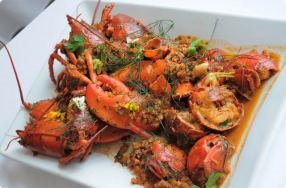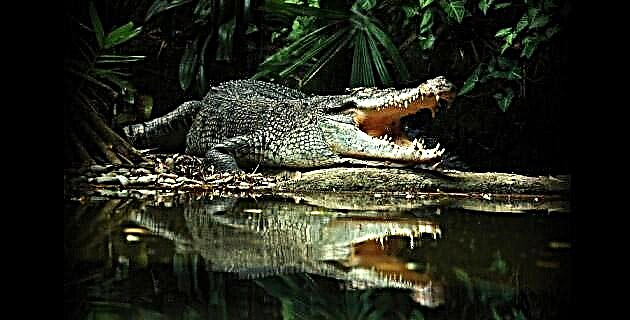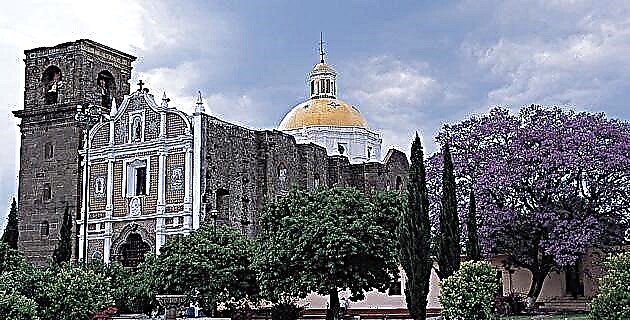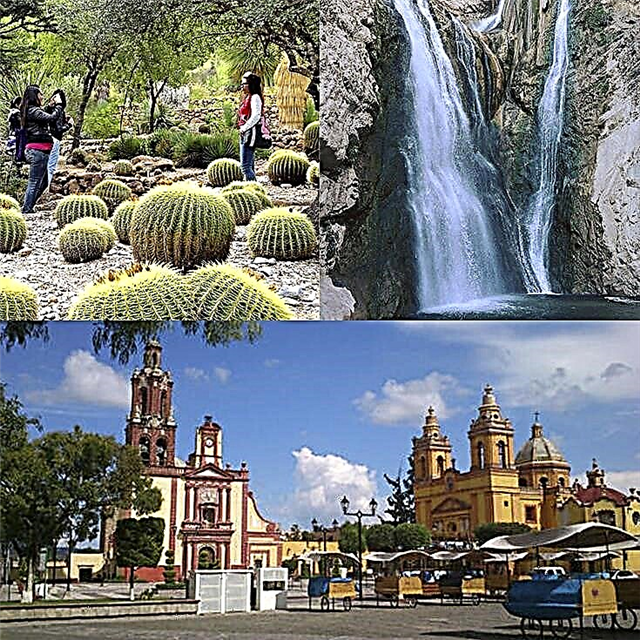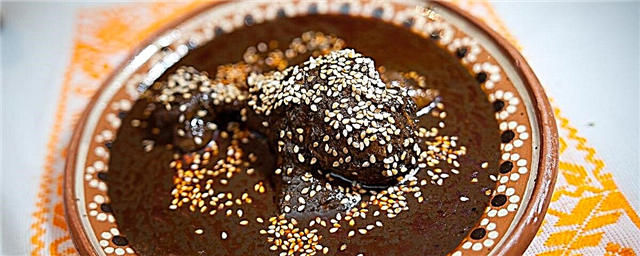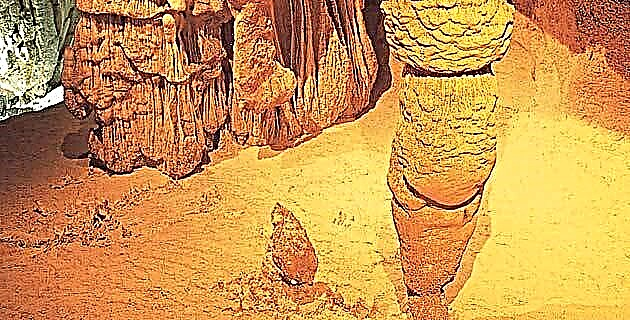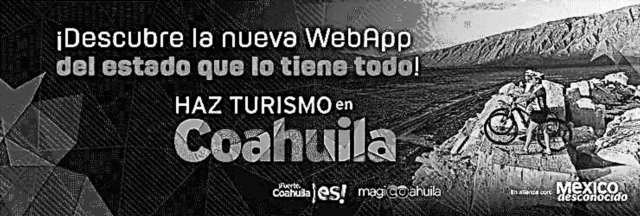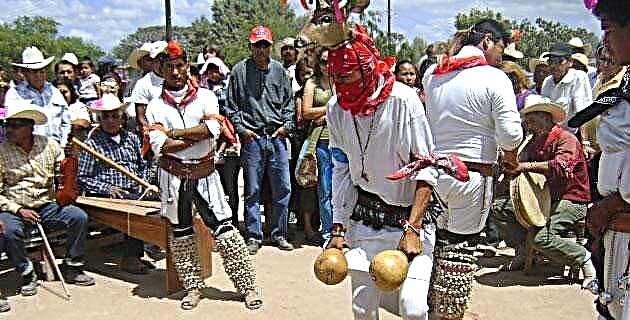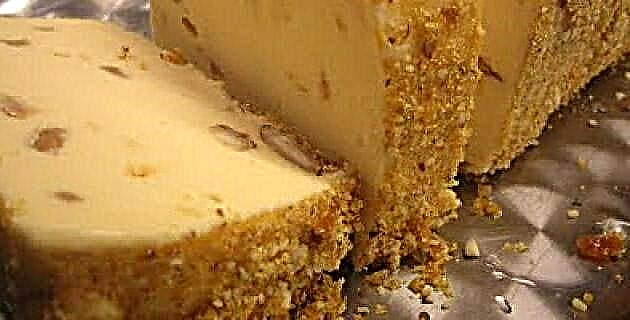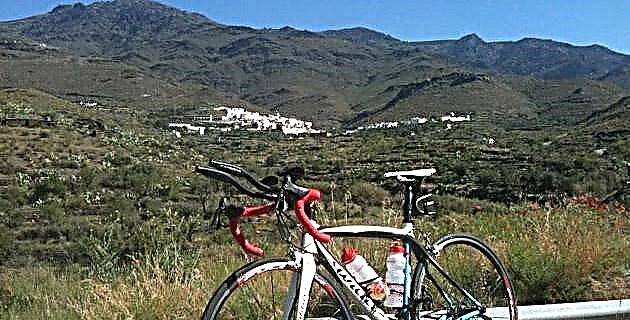
Continuing our difficult expedition through the Baja California peninsula, we left the donkeys and the route on foot to continue with the second part by mountain bike, in search of the routes established by those daring spiritual conquerors, the Jesuit missionaries who planted life in this arid and majestic territory.
Continuing our difficult expedition through the Baja California peninsula, we left the donkeys and the route on foot to continue with the second part by mountain bike, in search of the routes established by those daring spiritual conquerors, the Jesuit missionaries who planted life in this arid and majestic territory.
As the reader will recall, in our previous article we concluded the walking phase in the fishing village of Agua Verde; There we met again with Tim Means, Diego and Iram, who were in charge of the support and logistics of the expedition, moving the equipment (bicycles, tools, supplies) to where we needed it. Throughout the mountain bike tour we take a support vehicle with everything we need to focus on pedaling and taking photos.
GREEN WATER-LORETO
This first section is very pleasant, since the dirt road runs parallel to the coast, going up and down the mountains, from where you have incredible views of the Sea of Cortez and its islands, such as Montserrat and La Danzante. An endless climb begins in the town of San Cosme, pedaling after pedaling we climbed until sunset, moving further and further away from the coast; when we reached the end of the climb we were rewarded with the view of a magnificent landscape. We finally reached our long-awaited goal, the transpeninsular highway, and from there to Loreto, where we concluded our first day of cycling. We decided not to pedal the few kilometers that cover the intersection of the gap with the road because there the trailers go down at high speed.
LORETO, CAPITAL OF CALIFORNIAS
Fifty-two were the missionaries of different nationalities that explored the peninsular territory: Francisco Eusebio Kino from Germany, Ugarte from Honduras, Link from Austria, Gonzag from Croatia, Piccolo from Sicilia and Juan María Salvatierra from Italy, among them.
It was the year 1697 when Father Salvatierra, accompanied by five soldiers and three indigenous people, went to sea in a fragile galley with the aim of conquering a country that not even Cortés himself had managed to dominate.
On October 19, 1697 Salvatierra landed on a beach where he was well received by around fifty Indians who inhabited the place, which they called Concho, which means “red mangrove”; There the expedition members set up a camp, which served as a chapel, and on the 25th the image of Our Lady of Loreto came down from the galley, along with a cross beautifully adorned with flowers. Since then the camp took the name of Loreto and the place eventually became the capital of the Californias.
THE REGION OF THE OASIS
Another objective of our expedition was to visit the region of the oasis, made up of Loreto, San Miguel and San José de Comundú, La Purísima, San Ignacio and Mulegé, so after the last preparations we set off on our bicycles towards the mission of San Javier, located in the majestic Sierra de La Giganta.
To get there we take the dirt road that starts from Loreto.
After traveling 42 km we arrived at the oasis of San Javier, which is a very small town whose life has always revolved around the mission, which is one of the most beautiful and best preserved in the Californias. This site was discovered by Father Francisco María Piccolo in 1699. Later, in 1701, the mission was assigned to Father Juan de Ugarte, who for 30 years taught the Indians various trades, as well as how to cultivate the land.
Returning to the dusty roads we continued our pedaling and we went deeper and deeper into the bowels of the Sierra de La Giganta in search of the most beautiful oasis on the peninsula. We advanced 20 km more until night fell, so we decided to camp on the side of the road, between cacti and mesquite trees, in a place known as Palo Chino.
Very early we started pedaling again with the idea of taking advantage of the cooler hours of the morning. Pedal power, under a relentless sun, we cross plateaus and go up and down the stony paths of the sierra, between cactus forests and bushes.
And after a long climb there always comes a long and exciting descent, which we descend at 50 km per hour and sometimes faster. With the adrenaline rushing through our body, we were avoiding obstacles, stones, holes, etc.
After this slope, 24 km further on we reach the top of an impressive canyon whose bottom is covered by a green carpet made up of date palms, orange trees, olive trees and fertile orchards. Under this green dome the life of plants, animals and men has passed in a fantastic way thanks to the water that flows from some springs.
Covered with dirt and dust, we reached the Comundús, San José and San Miguel, the two most remote and distant towns on the peninsula, located in the heart of La Giganta.
In these towns time was trapped, there is nothing related to the city or the big towns; here everything is nature and country life, its inhabitants live from their fertile orchards, which provide them with fruits and vegetables, and from their livestock they obtain milk to make exquisite cheeses; they are practically self-sufficient. People go out from time to time to sell their products; Young people are the ones who go out the most to study and to know the outside world, but the elderly and the adults who have grown up there prefer to live under the shade of the trees, in complete peace.
MISSION OF SAN JOSÉ DE COMONDÚ
In their various travels through the peninsula, looking for places to found missions, the religious found that of Comundú, distant from Loreto thirty leagues to the northwest, and located in the center of the mountains, almost the same distance from both seas.
In San José are the remains of the mission founded by Father Mayorga in 170, who arrived in that year accompanied by Fathers Salvatierra and Ugarte. Father Mayorga worked hard on the mission, converted all those Indians to Christianity and erected three buildings. Currently the only thing that remains is a chapel and some demolished walls.
To close the day, we go deep into the thicket of date palms and visit the town of San Miguel de Comondú, located 4 km from San José. This picturesque, almost ghost town was founded by Father Ugarte in 1714 with the aim of providing supplies to the neighboring mission of San Javier.
THE PUREST
The next day we continued our journey through the Sierra de La Giganta, heading towards the town of La Purísima. Leaving behind the coolness of the oasis, we pedaled outside the town and rejoined the incredible desert landscapes inhabited by numerous species of cacti (saguaros, choyas, biznagas, pitaharas) and twisted bushes of strange colors (torotes, mesquites and ironwood).
After 30 km we arrive at the town of San Isidro, which is characterized by its palm handicrafts, and 5 km later we arrive at our next oasis, La Purísima, where, once again, the water refreshes and gives life to the inhospitable desert. . The spectacular El Pilo hill attracted our attention because of its capricious shape that gives it the appearance of a volcano, although it is not.
This site also arose with a mission, that of the Immaculate Conception, founded by the Jesuit Nicolás Tamaral in 1717, and of which there are hardly any stones left.
Walking around the town we discover the largest bougainvillea we have ever seen; it was really impressive, with its branches full of purple flowers.
FIFTH DAY OF EXPEDITION
Now if the good was coming. We had reached the point where the roads disappear from the maps, devoured by the desert dunes, the tides and the salt flats; Only the 4 x 4 vehicles and race cars of the Baja 1000 can overcome these difficult and stormy roads dominated by nature and the El Vizcaíno Desert. The gaps of the Pacific coast are almost impossible to pedal thanks to the famous permanent, where the traffic of the trucks on the sandy ground forms a succession of bumps that when pedaling loosen up to the teeth, so we decided to travel in the vehicle 24 km to La Ballena Ranch, where we get off our bikes and keep going. During this day we pedaled for hours and hours following the boring bed of a stream, which was a real torture; in sections we pedaled on extremely loose sand in which bicycles got stuck, and where there was no sand there were river rocks, which made our progress even more difficult.
So we pedaled until night fell. We set up camp and while we had dinner we reviewed the maps: we had crossed 58 km of sand and stones, undoubtedly the most difficult day.
THE END
The next morning we got back on our bicycles, and after a few kilometers the landscape changed radically, with ups and downs that zigzagged through the rugged mountain range of La Trinidad; in some parts the road became more technical, with very steep descents and very sharp curves, where we had to lay down the bike so as not to get off the road and fall into one of the many canyons we crossed. On the other side of the mountain range the road was flat with long straights and the annoying permanent that made us go from one end of the road to the other, looking for the flattest and hardest parts, but the promise of reaching our goal took hold of us and finally After 48 km, we reached the junction with the transpeninsular highway, which we had already crossed days before in Loreto. We pedaled a few more kilometers along the road until we reached the beautiful mission of Mulegé, where we enjoyed the wonderful view of the fantastic oasis and ended the second stage of this exciting expedition, which was missing a lot, but less and less, to conclude it.
In our next stage we would leave the land behind to sail in our kayaks, like the galley boats and pearl sloops that once traveled the Sea of Cortez, in search of our final goal, Loreto.
Source: Unknown Mexico No. 274 / December 1999
Photographer specialized in adventure sports. He has worked for MD for over 10 years!

